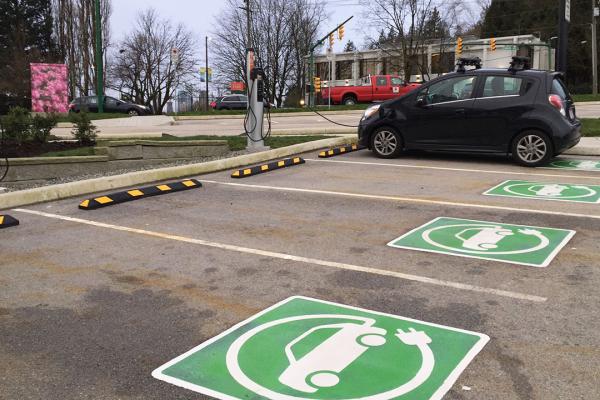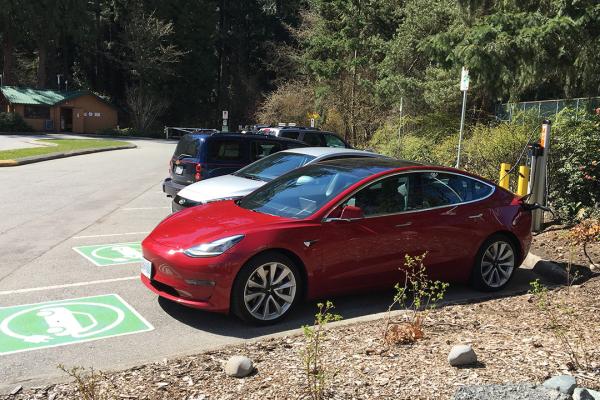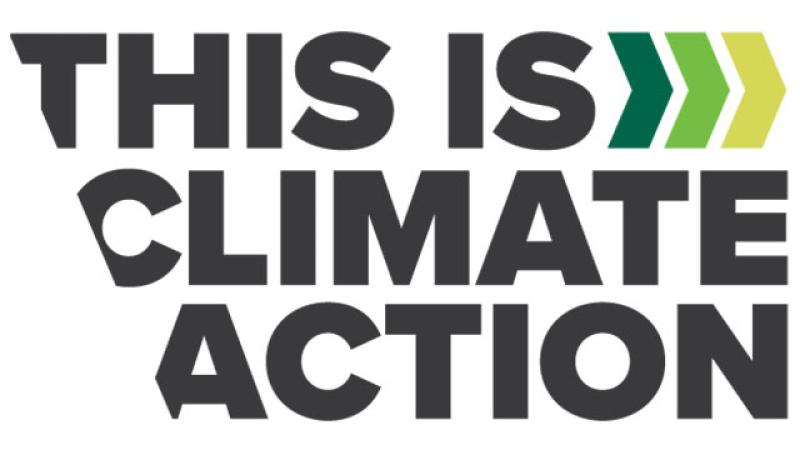
Zero-Emission Vehicles

We're making it easier to switch to electric vehicles through new infrastructure and removing policy barriers
The City is transitioning to an electric vehicle (EV) fleet, adding electric vehicle charging infrastructure, removing policy barriers to electric vehicle (EV) use and preparing to adapt infrastructure, as needed, for other zero-emission vehicles (such as hydrogen vehicles) in the future.
Emission reductions resulting from increased zero-emission vehicle use could account for 20% of the overall reductions we’ll need to reach our goal of carbon neutrality by 2050. It’s important, therefore, that we help Burnaby make the shift to EVs and ensure we’re well prepared for the government’s target of 100% new light duty vehicle sales being zero-emission by 2035. Our initiatives include:
- providing chargers for both City fleet and privately owned EVs
- ensuring bylaws and policies support and encourage zero-emission vehicle use
- monitoring trends and adapting infrastructure, as needed, for other zero-emission vehicles–like hydrogen powered vehicles
In 2022, the City took a significant step forward in transitioning to an electric municipal fleet when it retrofitted the west parking lot at City Hall with 105 Level 2 EV charging stalls. The City Hall EV lot is also equipped with a large-scale solar canopy, which will power a portion of the chargers with emissions-free energy.
We’re also installing level 2 and fast charging stations at other City facilities such as works yards and fire halls, and at public facilities across Burnaby such as recreation facilities, community centres and libraries. And to encourage private EV charging infrastructure, the City has a zoning bylaw that requires EV charging infrastructure be built into all new residential parking stalls. We’re also exploring similar requirements for new non-residential development—commercial, institutional and industrial.

